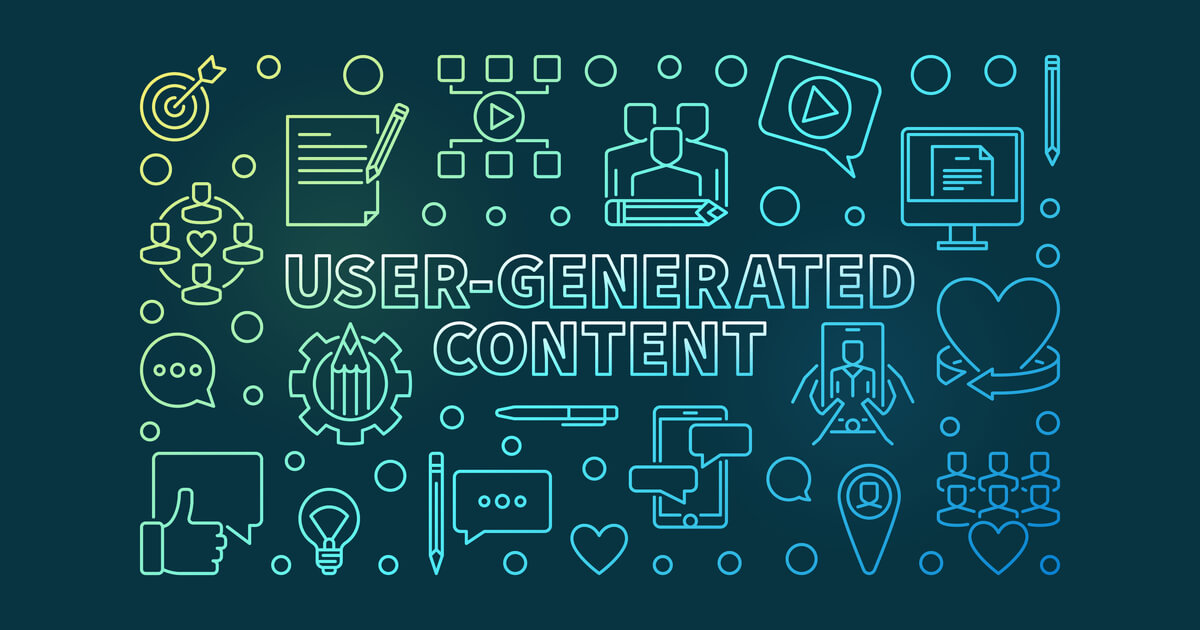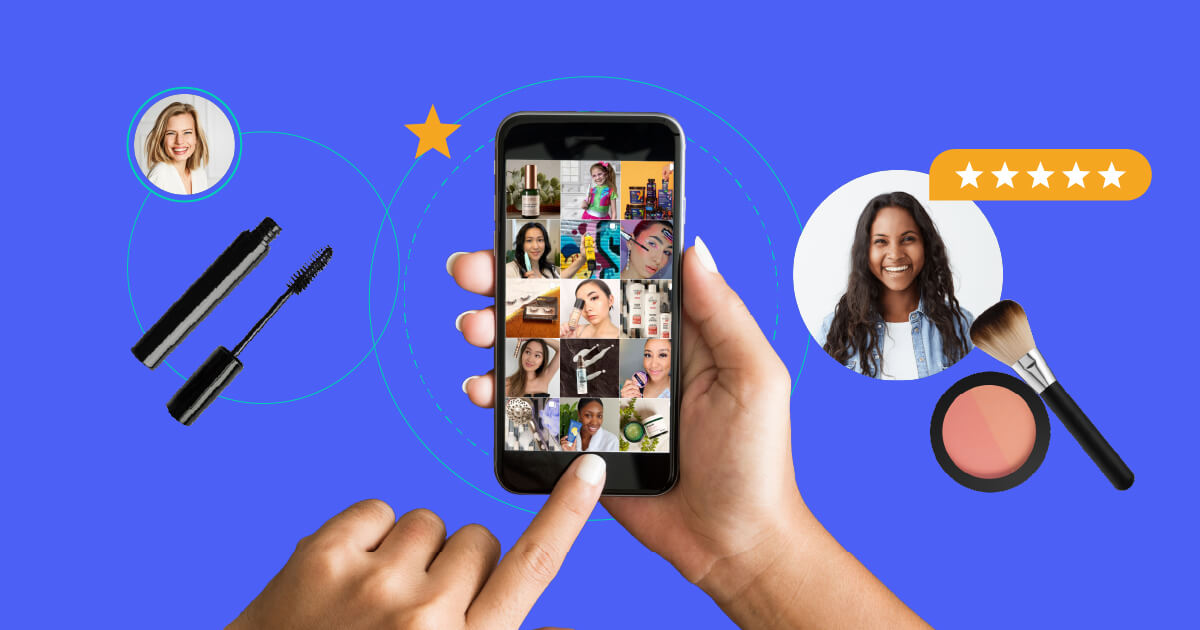October 7, 2021
Yesterday, Bazaarvoice was thrilled to attend the Drapers Digital Festival 2021! The festival is, in Draper’s own words, “a powerful mix of digital-first fashion retailers, disruptors and tech giants to discuss the unprecedented changes wrought on the industry following the Covid-19 pandemic.”

One of the main takeaways from the festival is how consumers turned to social media during lockdown(s) to connect with friends and relatives. Which is hardly surprising. The really interesting part is how much consumers interacted with brands on social, creating a flood of user-generated content (UGC) in the process.
This wealth of UGC created a new stream of customer loyalty and increased conversions for brands globally. Below you’ll find Drapers’ own blog on how best to utilize this UGC.
At Drapers Digital Festival, editor Kirsty McGregor spoke with April Clayton, social media manager at River Island, and Arup Ghose, account director (visual and social) for EMEA at Bazaarvoice, to discover their best practices.
1. Ask and incentivise customers to create content for you
April Clayton: It’s not just younger customers sharing [content]. Our target age is 37 and we see a wealth of UGC from them. We run competitions and we use influencers to set the tone for the type of UGC we want to see. Then customers are more likely to create the type of content we share, and sharing their content creates loyalty.
Arup Ghose: So many times we’ll see brands who are not seeing a lot of customers sharing content, and the first thing we say is: “You’ve not promoted your hashtag”. That’s the most important thing, educating customers on what you want them to do. If you don’t ask them, they won’t do it.
2. Bring user-generated content across all your platforms
AG: Having UGC on social media is great, and it generates engagement, but it doesn’t necessarily drive revenue. So, bringing that content onto your site allows customers to realise and discover inspiration to purchase. Then utilise it across places like email, if you’ve got a bricks-and-mortar presence, then do digital displays, tablets, whatever it might be. Utilise all your key touchpoints, don’t just leave it on social media.
AC: We’re always thinking about in store. In fitting rooms, we have hashtags on mirrors urging them to show their outfits and at point of sale we have QR codes to take them straight to the gallery page to give them access to that wealth of content showing different ways to style it. It’s the same as letting them try it on in store: they can see what it looks like, but it also gives them that social proof that someone else bought it and loved it.
3. Use your staff to create content when customers aren’t
AC: We go through periods where UGC dries up, particularly around Christmas and the Sales. We can reach out to our personal shoppers and style studios to do street style shoots for us. It feels like user-generated content but it has a bit more style authority to it because it comes from our experts.
4. Mix brand content with user-generated content
AG: I think focusing on UGC is fantastic, but having brand content allows our customers to see a different side of the strategy. We work with a lot of brands who don’t have a big community to start with and we advise on using your own content, or picking certain ambassadors or influencers, to grow the customer base and help them understand the type of content you want them to create.
AC: We try to bring the two together. So, using a brand campaign image as the header on the site but then having images underneath that show products in real-life situations, which complements the brand image.
5. Short-form video is the next opportunity
AC: Instagram is our main source for UGC but TikTok is really good because it’s a user-led platform. It’s a bit more raw and real.
AG: There is definitely a bit of hesitancy with using TikTok content because it’s still new. I think everyone wants to see how other brands are doing it because they need someone to follow. So, there’s a little bit of nervousness, but short-form video is really creative. With Instagram, Reels is a big one right now, too.
Words provided by Olivia Pinnock at Drapers.











